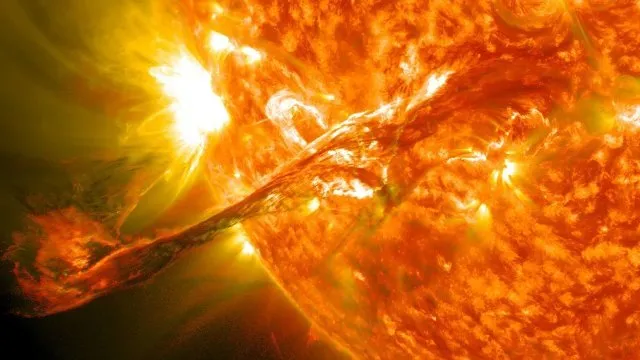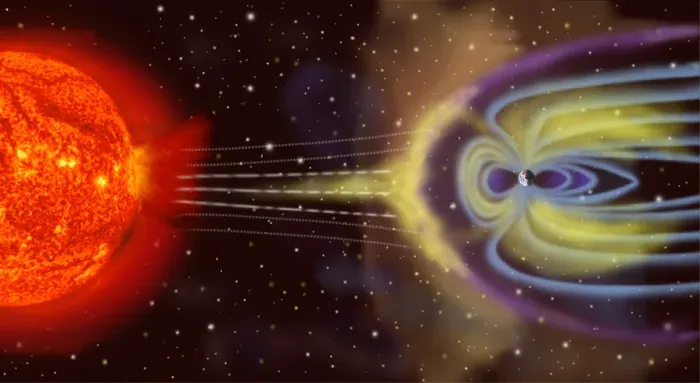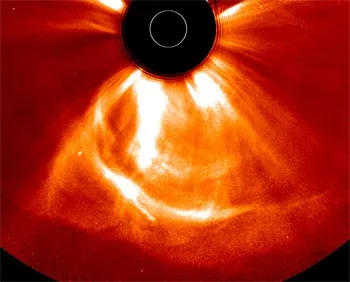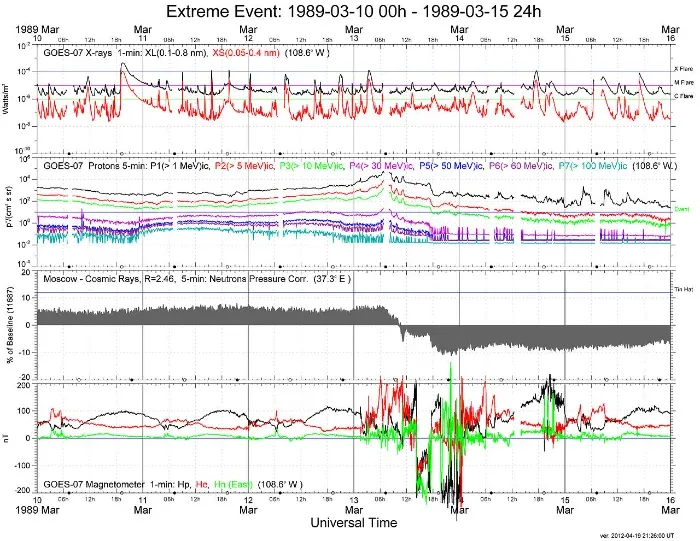
By NASA Goddard Space Flight Center - Flickr: Magnificent CME Erupts on the Sun - August 31, CC BY 2.0, Source
Covid-19 caught the globe by surprise, as every prevention method failed.
Concerning pandemics, humanity has had a long history of its population being eradicated because of the spread of various diseases and viruses. Black Death (the bubonic plague between the years 1346–1353) annihilated half the population of the European continent. It took 200 years for the European population to regain the previous levels.
Unpredictable events that can have historical implications to societies, economies, and civilizations are often described by the term “Black Swan”.
Covid-19 pandemic was immediately characterized as one since governments reacted in panic, lockdowns went in effect, streets were emptied from people, and we lived chaotic moments resembling scenes from TV series like “The Walking Dead”. Markets crashed, oil futures (US) traded at negative prices, and Central Banks quickly printed (and keep printing) vast amounts of new money, creating inflation concerns.
Purely apocalyptic scenes but mostly a result of panic and unorganized response by all managing parties involved. Most governments quickly became more authoritarian and today we witness riots and vaccine passports.
We can distinguish an event as “Black Swan” in retrospect. Although with Covid we have seen some mild effects that can crash economies, still this “Black Swan” was not similar to the eradication of half of Europe’s population in the 14th century by the bubonic plague.
Another real “Black Swan” event could be close, though. According to scientists collecting data and analyzing Sun’s behavior for decades, it seems very possible that a Solar Shock could be close, and it can cause an Internet Apocalypse.

CME Threat - Coronal Mass Ejection

Source Wikipedia: By NASA , Public Domain
A geomagnetic or solar storm is an event that wasn't noticed by our pre-electricity civilization since it affects mostly telecommunication networks and technology based on electrical circuits.
Earth's magnetic field absorbs most of the Sun's rays when solar activity is at normal levels, but at times there is increased plasma ejection a coronal mass ejection (or CME), that erupts from the sun bypassing the earth's magnetic field and creating havoc at electronic systems.
Coronal mass ejections erupt often from the Sun as NASA observes:
CMEs often occur along with solar flares (explosions on the Sun's surface), but they can also occur spontaneously. The frequency of CMEs varies with the 11 year solar cycle. At solar minimum we observe about one a week. Near solar maximum we observe an average of two to three CMEs per day.
Source: NASA

Previous Solar Storms have had a tremendous effect on infrastructure and Telecommunications
We have only three previous occasions recorded on Earth, of an extreme solar storm bypassing the magnetic field that created problems to the planet's infrastructure.
Two events coincided and made us not think about the possible catastrophic outcome of a massive Solar Storm.
i) The Sun activity had been relatively stable in the last 100 years, without affecting Earth. We recorded the last massive event in 1921 (100 years ago).
ii) Rapid technological expansion on Earth during this time, with societies and economies based on telecommunication networks (internet, cell-phone infrastructure) and electricity.
The technological wonder of our societies is in serious and immediate danger, though.
While as with earthquakes prediction models, there is a high chance of statistical failure, it is still an event that has happened at least three times in history.
Carrington Event 1859
In 1859 electricity infrastructure was limited and the effect of a mass scale geomagnetic storm was not noticeable to most of the earth's population.
A solar storm of this magnitude occurring today would cause widespread electrical disruptions, blackouts, and damage due to extended outages of the electrical grid.
A solar storm of similar magnitude came close to striking Earth in 2012 (source).
Geomagnetic Storm of May 1921

Source: Wikipedia (By NASA/STEREO attributes - Public Domain)
This storm hit the Earth for 3-days in 1921 (source). Electricity infrastructure was still undeveloped in most of the world and while its effects were not devastating, still it damaged electricity production units, causing fires and disrupted telegraph communications.
Recent Study A Cause For Concern

Geomagnetic Storm data - 1989, Moscow Neutron Monitor
Source, Wikipedia, (By Daniel Wilkinson - Own work, CC BY-SA 3.0, (link))
Since 1921, there are reports of smaller-scale solar storms hitting Earth, but their magnitude wasn’t equal to these two.
A recent study on the effects of a massive solar super-storm was presented at SIGCOMM 2021 convention and according to its findings, the planet is not secure against an event that repeats itself roughly every 100 years.
Scientists calculate the odds of such a storm hitting earth in a decade, between 1,6% - 12%. These odds increase vastly for the following decades and according to the study, the planet infrastructure is not secure.
Telecommunications can be disrupted irreparably for a long time and entire continents could be cut off from the internet. Effects of such a storm could last for many years and the potential damage will be counted in trillions of dollars.
A solar super-storm similar to those of 1859 and 1921 will create vast problems and damage economies. There are ways to counter the destructive effect of such an event in telecommunications since fiber optics are not affected by a solar storm.
However, the internet and most communications today depend on the lengthy underwater intercontinental cables which are definitely vulnerable to such an event. Moreover, satellites will probably be affected according to this study. The result with today’s infrastructure would be extremely damaging.

In Conclusion
Diseases like the bubonic plague or Covid are different events to a solar storm incident but also considered Black Swan events. Due to the Black Death pandemic of the 14th century, all progress was delayed for decades or even centuries and humanity faced an existential threat.
The effects of a solar super-storm occurring today will be extremely devastating in cost. Our living conditions depend on modern technology and once communications are disrupted or even halted, there will be vast problems in the supply chain.
Currently, we are at the beginning of the 4th industrial revolution that is based on the digital world, the internet and cellular infrastructure, 5G networks, and satellite communications. We are expecting robotics and AI to jump-start improvements in productivity and efficiency and even more technologies that will improve living conditions and increase longevity.
We are already looking for abundant energy sources (like cold fusion) and new technologies that could enable interstellar travel and expansion in our solar system.
Humanity needs to be safeguarded from various Black Swan threats, and one of them is the threat to technological progress. Telecommunications are vital to the world economy today. A Solar storm that hits the earth roughly every 100 years could disrupt our economy, infrastructure, and societies.
Related Material:
- Wikipedia: Black Swan Event
- LiveScience: Solar Storm - Internet Apocalypse
- Wikipedia: Coronal mass ejection
- NASA: Coronal Mass Ejections on the Sun
- Solar Superstorms: Planning for an Internet Apocalypse (PDF)

Originally published at Read.Cash
Writing on the following networks:
Noise Cash - Read Cash - Hive - Medium - Vocal - Minds - Steemit - Den.Social - Publish0x
Follow me on social media:
Twitter - Reddit - LinkedIn - Email

Don't forget to Subscribe/follow if you enjoyed the content!


